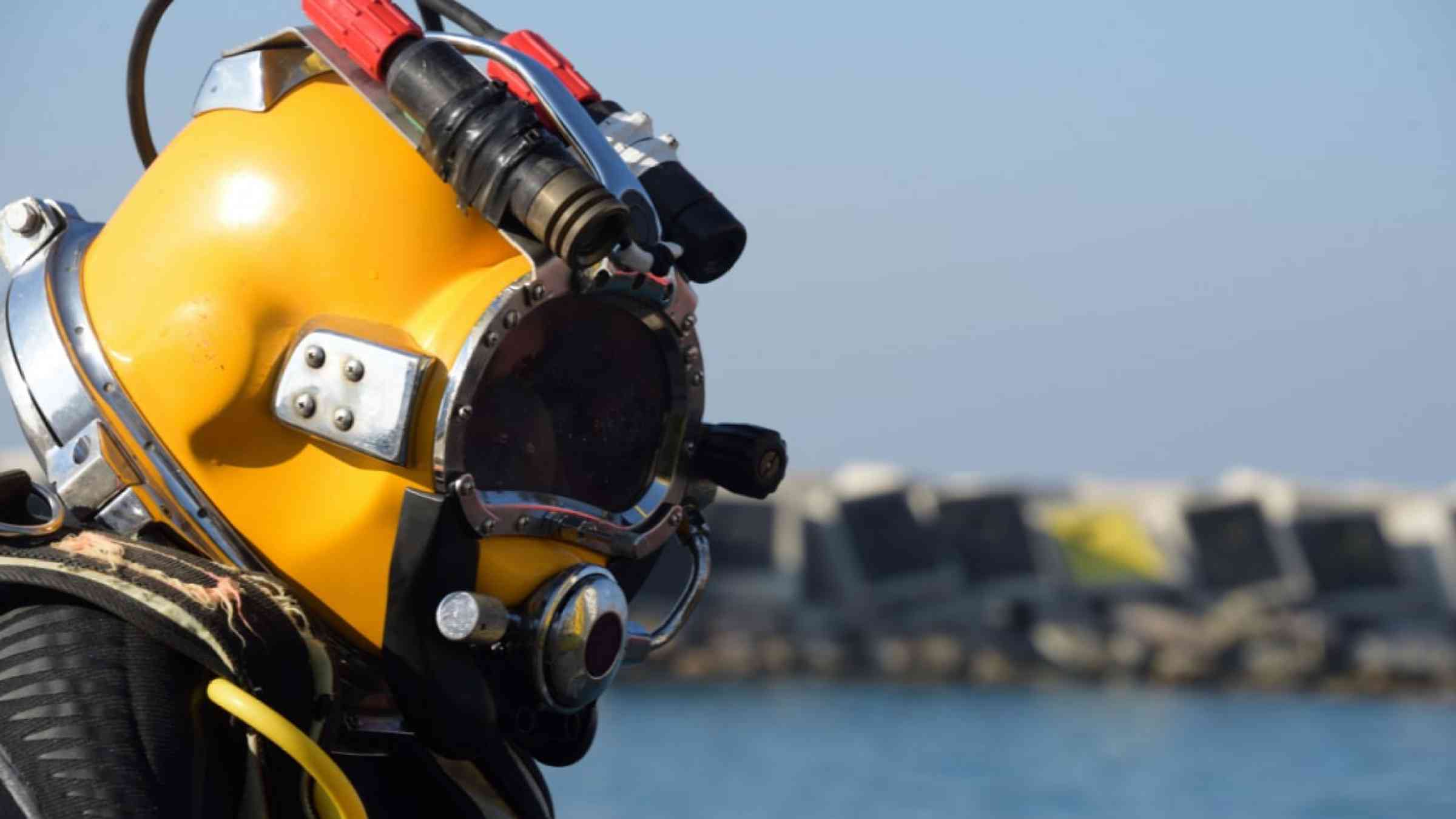Scientists improve hurricane resilience in the Colombian Caribbean

Scientists are using acoustic sensors to collect data and improve hurricane preparedness and coastal resilience in the archipelago of San Andrés.
In November 2020 Hurricanes Eta and Iota struck 2 weeks apart, causing dozens of deaths and widespread damage to San Andrés, a Colombian archipelago off the eastern coast of Nicaragua. On the island of Providencia, 98% of the infrastructure was destroyed or suffered significant damage. The events led local officials, researchers, and residents to search for new strategies to manage hurricane risk in the region.
In the wake of the disaster, a group of researchers from the Universidad Nacional de Colombia installed acoustic sensors in the Caribbean Sea to measure wave heights and ocean currents. The data allowed them to predict how wind gusts and waves would affect the archipelago during future tropical storms, said Juan David Osorio Cano, a researcher at the Universidad Nacional de Colombia San Andrés campus. The research could be used to improve the resilience of the archipelago to hurricanes and other extreme weather.
Changing Winds
Despite the islands being in Hurricane Alley—a region of warm water that extends from northern Africa to Central America that births many tropical storms and hurricanes—historically, few major storms have struck the region.
“Hurricanes were mostly underestimated in the archipelago because most locals never, or hardly ever, had been exposed to a hurricane directly,” Osorio Cano said. Between 1818 and 2005 only 11 hurricanes were recorded, according to data from the Colombian government. This is very low in comparison to other islands in the Caribbean. Cuba, for example, has an average of three hurricanes per year.
Local officials have been working with scientists for years to create weather models that can help them prepare for weather events and develop adaptation and mitigation strategies for climate change because there is growing concern that a warmer climate is making extreme weather events more powerful and more common. “There is ample scientific evidence that hurricanes in the Caribbean have been increasing in magnitude, power, and frequency during the last few decades,” said Andres Fernando Osorio Arias, a researcher at the Universidad Nacional de Colombia Medellín campus.
Iota and Eta made the risk of flooding and critical infrastructure loss more evident. Two weeks after Eta struck, the Corporación para el Desarrollo Sostenible del Archipiélago de San Andrés, Providencia y Santa Catalina (CORALINA), a government agency that works on sustainable development, partnered with the Universidad Nacional to use ocean sensors to collect data and produce materials that would identify the locations that are more vulnerable to flooding during a tropical storm or hurricane.
“Understanding hurricanes in real time is very difficult,” said Osorio Arias, explaining that before Iota there were few institutions or scientists in Colombia collecting oceanographic data. He added that traditionally, most officials in Colombia have relied on data from NOAA to make decisions. He explained that by collecting local data, scientists can create more reliable weather models that can be used by decisionmakers to mitigate risk during extreme weather events.
Filling Data and Communication Voids
In January 2021 Osorio Cano moved to San Andrés to lead a group of 15 people including professors, students, and contractors in the effort to collect data using Nortek sensors. The sensors send acoustic signals to a receptor that bounces them back, measuring currents and waves in the ocean in the process, explained Cristobal Molina, the senior sales engineer for Latin America and the Mediterranean at Nortek.
The team from the Universidad Nacional and contractors from CORALINA placed the sensors on the ocean floor near the coast of San Andrés for 10 days, then repeated the process for another 10 days off Providencia. The effort yielded data on the movement and flow of ocean currents in the islands. The researchers also collected meteorological and topographical information from the region.
With the data, the researchers used models to reconstruct the weather history of the islands, simulate the conditions during past hurricanes, and formulate the most likely scenarios for future storms. They created maps of risk probability identifying the most vulnerable locations for flooding and wind damage on the San Andrés islands to help CORALINA design their prevention and contingency plans.
The risk maps created as part of the project were used on October 2022 when Hurricane Julia passed through the archipelago and 13,000 people were evacuated from the risk zones. No deaths were reported.
Collecting more local data, like those from the Nortek sensors, is a big step to improve risk management on the islands, said Carolina Velásquez, the technical-scientific coordinator of risk management at the Universidad Nacional San Andrés campus, who was born on the island but was not involved with the acoustic sensors project. But there is room for improvement, she said.
In Colombia, risk management has traditionally worked like the telephone game, she explained. Data, weather forecasts, and risk bulletins take time to reach vulnerable populations, she explained. Additionally, the reports are not easy to understand and are hardly ever released in Raizal, a creole language native to the islands. The lack of accessible information can impact the well-being of the population during extreme weather events. Even after Hurricane Julia in 2022, the Colombian president said that most individuals on the islands were still not following the risk management protocols. Without crystal clear communication lines, official messaging can be confusing or, worse, may not get through at all.
Velázquez argues that risk management needs to be holistic and consider local communities’ needs and perspectives to be successful. “In the islands, before Iota, we were living blindfolded” to hurricanes and their risks, she said, arguing that a successful risk management strategy should have constant data collection and investments in education for the natives of the archipelago.
Among the best courses of action to prepare for the next hurricane is “strengthening the building capacity of the islands in educational, technical, scientifical, and risk management skills,” Velázquez added.